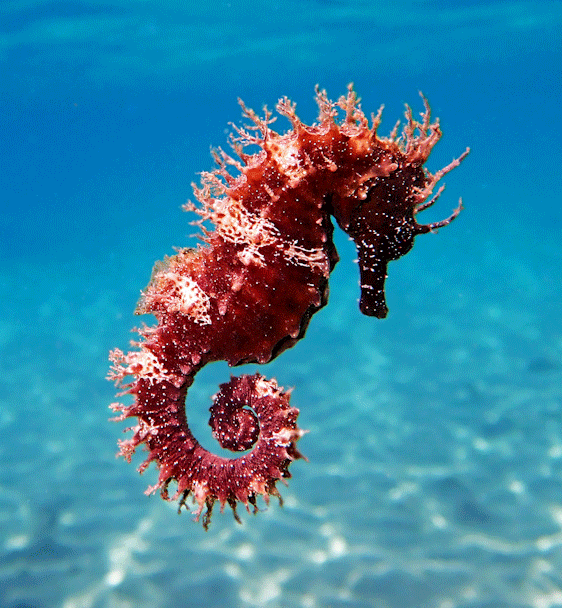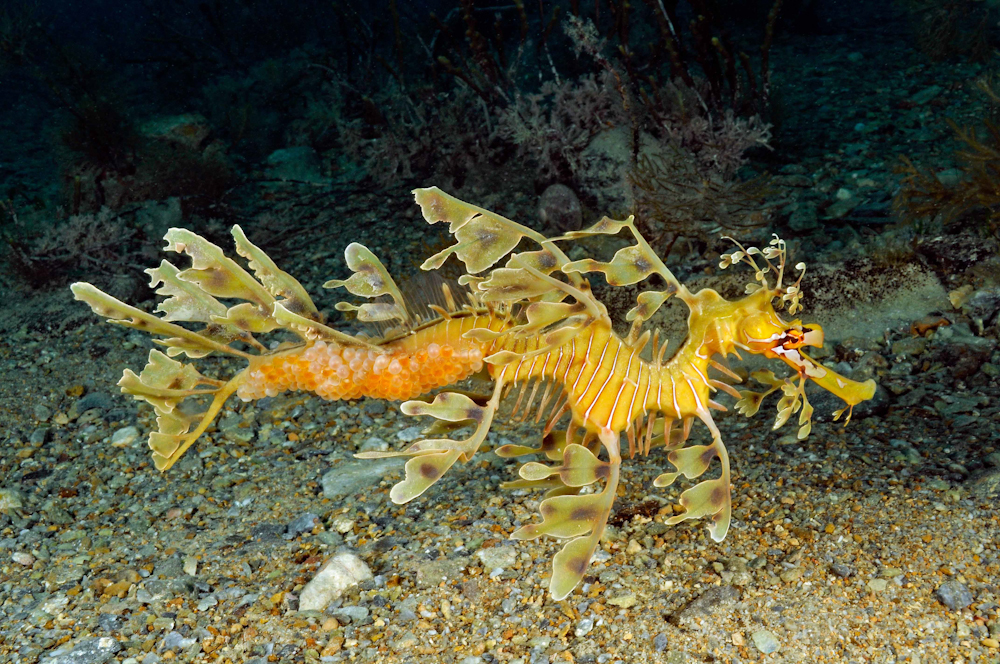Amphipods provide a well balance live fish food diet. Get farm raised saltwater Amphipods with free shipping.
Where to get the best live saltwater Amphipods for sale and Copepods to feed your seahorse and fish.
Best place to buy Amphipods is on an online store direct from the farm that has a dependable supply and large quantities of aquacultured Amphipods on hand to ship.
Some animals that will lead a healthier existence in the saltwater aquarium when fed with Amphipods.
Easy to culture your own Amphipods. All that’s needed is a 10 gal aquarium, air stone, and small filter.
Amphipods will accept many different foods: Pulverized flake/ Pellets, ground-up algae, or Spirulina Powder.
Amphipods for sale have a highly nutritious profile. Containing Omega 3 – 6 fatty acids and many more powerful vitamins and elements to provide the healthiest fish food for fish of all types.
Amphipods mature to adults they become more benthic (like to crawl on structure), but will also swim sometimes.
Newborn naupli are in the 100- 200 micron size.
Stages of juveniles are 1 – 3 millimeter size.
Adults get up to 6 millimeter (1/4 inch) size.
A breeding colony of our Amphipods can produce many baby pods per week.
Amphipods make an excellent micro cleanup crew. Also serve as a valuable live fish food source of live zooplankton for fish and corals.
Amphipods for sale feed on nuisance algae, dead decaying algae, leftover food and fish waste. these pods will constantly be grazing on your live rocks & sand bottom. Amphipod pods love to setup their breeding colonies in macro algae.
We have been aquaculturing these pods for a number of years here in Okeechobee, Florida. Live Amphipods in your tank will multiply rapidly and spread out, producing thousands of nauplii and multiple stages of juvenile amphipods.
Amphipods make an excellent live fish food source for Seahorse food, Mandarins, Dragonettes, and many other fish that feed on live zooplankton. Use live amphipods to seed your reef tank and sump/Refugium.
Once Amphipods get established and breeding in your system you will have a constant supply of zooplankton to feed your corals and fish. If you already have Macro algae growing in your sump, these pods will establish a breeding colony in the macro algae and your pump will periodically draw some pods out of the sump into your main tank; thereby scatter feeding corals and fish with live amphipods plankton throughout the day.
Our Amphipods are a hardy species that we have adapted, through many generations of culturing, to home aquarium conditions.
Question
I have a few reef tanks but recently set up a 5 gallon dwarf seahorse tank. I’m looking for a macro algae that I can put in there with them but it will be difficult because it’s a bare-bottom tank, so nowhere to “root” or plant a macro algae. Also, it just has the standard strip of white and blue LED’s so probably not optimal lighting for a macro algae. And lastly, I have to keep the flow rather low so as not to blow the dwarves around too much.
Is there any macro algae you can recommend that might survive in this environment?
Hi, Good question.
I would recommend 3 types. Fern Macro, Red Gracilaria, and Chaeto. Any of these 3 would grow good without needing to be planted in substrate. Red Gracilaria would be my first choice because of the nice long tendrils which is a perfect hitching post for the seahorses and it showcases the seahorses for your viewing. All these like low lighting so your ok there. As far as current since you don't have a lot of sediment stirring it shouldn't be a problem. The thing that can stifle macro growth is if it starts getting coated with sediment or debri then it can't photosynthesize. You probably don't have mush debri or waist in a seahorse tank so when you do your regular maintenance, ie. algae scraping and or water changes then just take the macro and wash it if it has loose sediment on it. Don't forget to have a breeding colony of Amphipods as food for the little ponies and they also help a great deal in scraping the nuisance coating algae on the macros.
Amphipods for sale are a big help as a micro clean up crew.
Amphipods eat nuisance algae that coats macro algae and live rock when you keep it in a calm water environment, preventing it from photosynthesizing.
Fill out the form below if you would like to comment or contact me the owner of ANF, Fabian Murgio.




